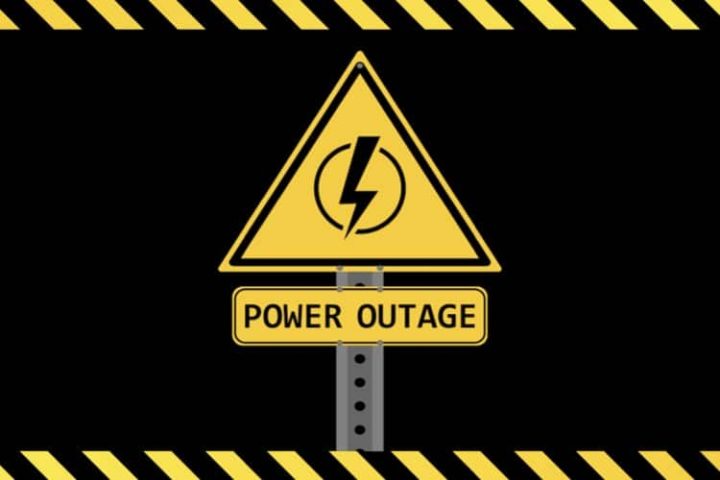
Counties across Texas are reporting dozens of deaths related to last week’s violent winter storms that left millions without power. Hypothermia took many, such as an 11-year-old boy who died in his bed in his family’s unheated mobile home in Conroe. Carbon monoxide poisoning claimed the lives of an eight-year-old Houston girl and her mother; their family had started their car in the garage to keep warm in the bitter cold.
Just days before these tragedies, anticipating life-threatening winter conditions, Texas Governor Greg Abbott declared a state of disaster in “all 254 Texas counties.” The state’s power grid supervisor, the Electric Reliability Council of Texas (ERCOT), had petitioned the U.S. Department of Energy (DOE) to temporarily waive onerous regulatory quotas so it could ramp up production to weather the storm.
Biden’s DOE refused. His administration “basically ordered ERCOT to throttle its energy output by forcing it to comply with environmental green energy standards, while knowing full well Texans would freeze to death in their homes,” reports Adan Salazar for InfoWars.
DOE instead ordered ERCOT to purchase energy from outside the state, despite the fact that many of Texas’ neighbors were dealing with the same ferocious winter storm that the National Weather Service said stretched across 25 states, from southern Texas to northern Maine.
The Department of Energy also specified that, during the disaster, any power generated in Texas that exceeded federal emissions limits had to “be offered at a price no lower than $1,500/MWh.” (By comparison, ERCOT records a cost of $18.20 per megawatt-hour just one year ago, in February 2020. But DOE’s minimum bid pales in comparison to the $9,000 price tag set days later by ERCOT’s boss, the Public Utility Commission of Texas, due to record-setting demand and unprecedented scarcity of supply.)
DOE justified its lethal decision and price gouging tactics “because the additional generation may result in a conflict with environmental standards and requirements.” So much for the lives of Texans; at least the feds curbed excess carbon dioxide emissions during the storm.
Obviously oblivious to DOE’s shackling order, and in an embarrassing showcase of her ignorance of the basics of power generation and the electrical grid, in the midst of the catastrophe U.S. Representative Alexandria Ocasio-Cortez (D-N.Y.) tweeted the following outlandish claim: “The infrastructure failures in Texas are quite literally what happens when you *don’t* pursue a Green New Deal.”
What do engineers have to say about her assertion? “Just like every leftist idea, it’s completely the opposite of the truth.” So says consulting engineer Ed Hiserodt, energy correspondent for The New American and author of the myth-dispelling book Underexposed: What if Radiation Is Actually Good for You?”
Hiserodt describes what actually caused the Lone Star State’s deep freeze debacle. “The system in Texas is inherently unstable because so much of it relies on wind-generated electricity,” he explains. The U.S. Energy Information Administration reported last October that 23 percent of Texans’ energy comes from wind turbines, a fact that has earned the state accolades from such bastions of socialism as CNN and the World Economic Forum. A full half of those West Texas turbines froze during last week’s storm. So why couldn’t coal, natural gas or nuclear step in to fill the gaps?
“It’s not as simple as flipping a switch,” Hiserodt explains. “Leftists like AOC, who think we can just snap our fingers and generate electricity, are insane.” Understanding why this is true requires knowledge of how an electrical grid works. The fundamental idea to remember is that energy must be used as it is generated and generated as it is used. That is why organizations such as ERCOT are known in the industry as “frequency chasers.” They keep the grid stable by continually monitoring supply and demand. In more technical terms, they keep frequency and voltage along the grid stable to prevent surges and blackouts.
“Wind is so variable, you just can’t rely on it to maintain baseload [i.e., fundamental needs], let alone demand fluctuations above that,” says Hiserodt, “which is why the frequency chasers complain whenever wind makes up more than 10 percent of a grid’s power supply.” The situation is then intrinsically unstable, unlike a grid based on coal, where “all you have to do is turn the boiler up or down to keep the frequency and voltages stable.”
So again, why couldn’t they just turn the boilers up last week? “It’s because of government mandates,” explains Hiserodt. “Wind turbines get priority. You have to use the windmills before the other power plants can be exploited.” Adding fuel to this unstable fire, “wind is so overly-subsidized with production tax credits, renewable energy certificates and other government subsidies, coal-fired plants — along with natural gas and nuclear — can’t compete. These plants have to back off out of their efficiency range, or they will have to pay for the unused power they produce. If the wind stops, it takes time — and a lot of energy — to bring the reliable producers back online.”
Hiserodt says the best way to ensure against another catastrophe such as we saw in Texas last week is to stop all government subsidies, let the playing field level itself, and “may the best man win.” In predicting the outcome, Hiserodt points to leftist investor Warren Buffet who once infamously stated: “We get a tax credit if we build a lot of wind farms. That’s the only reason to build them. They don’t make sense without the tax credit.”




